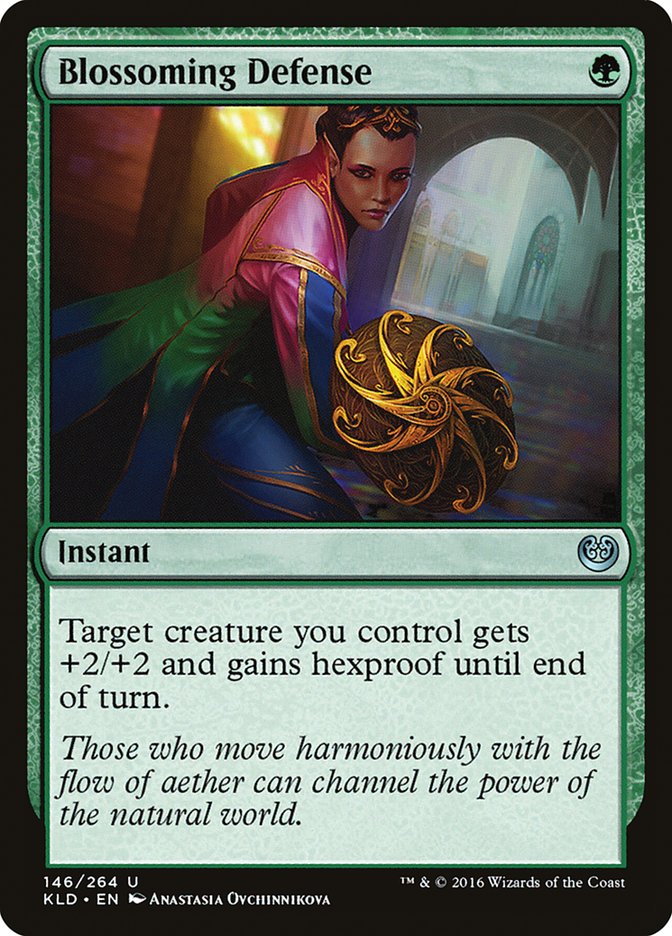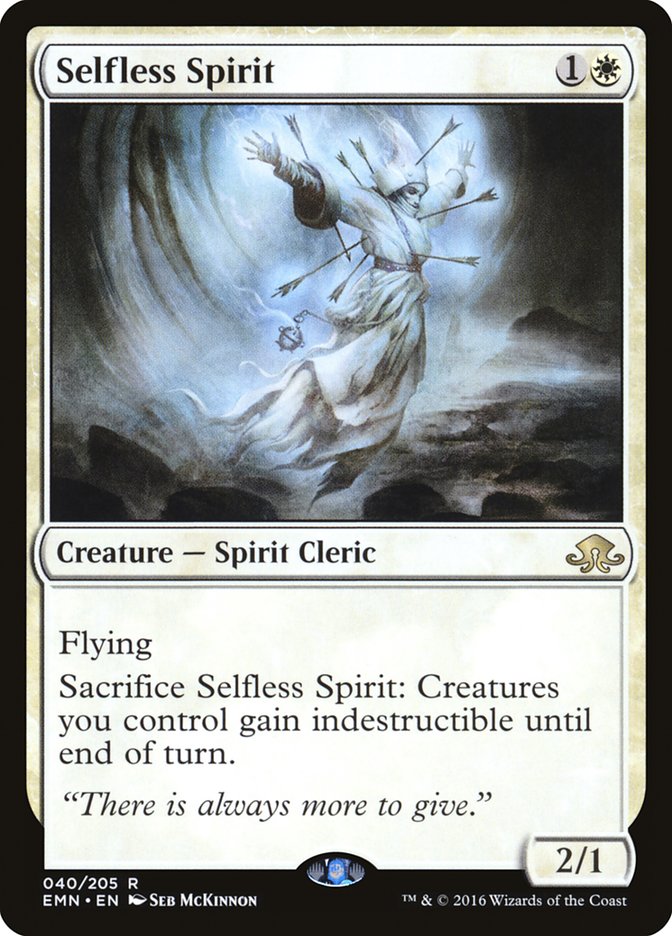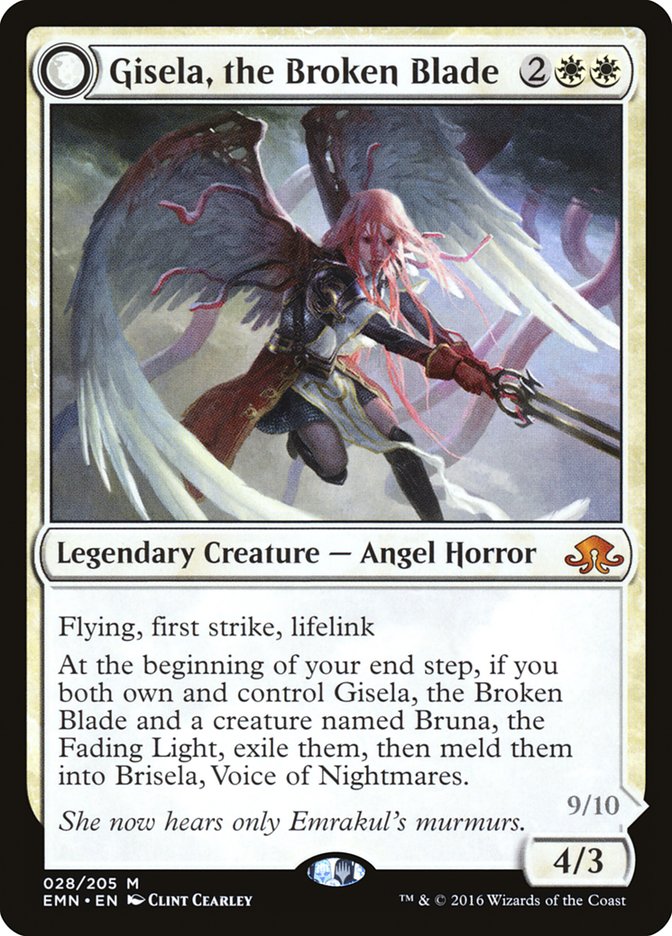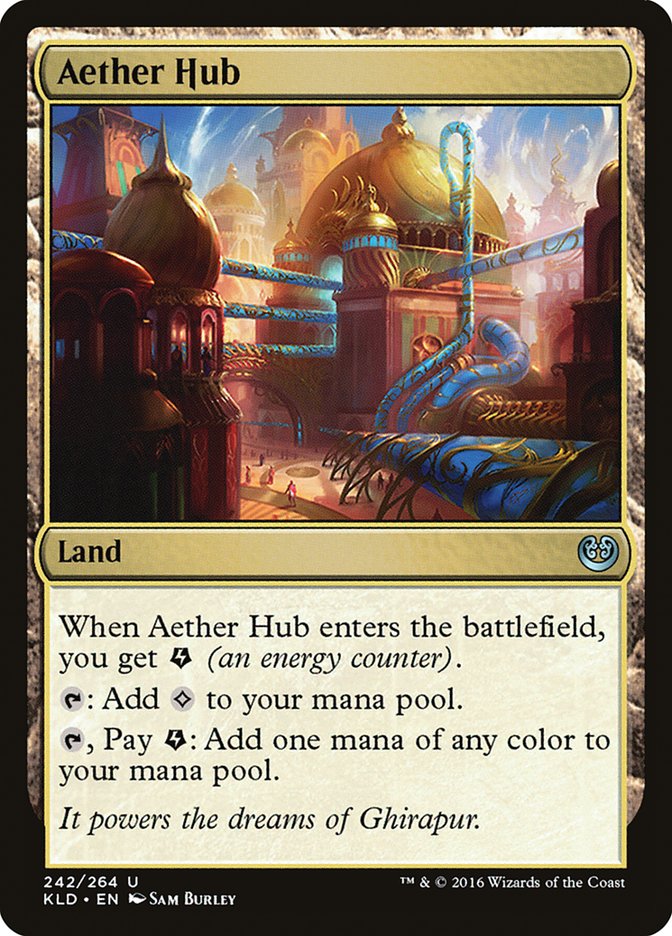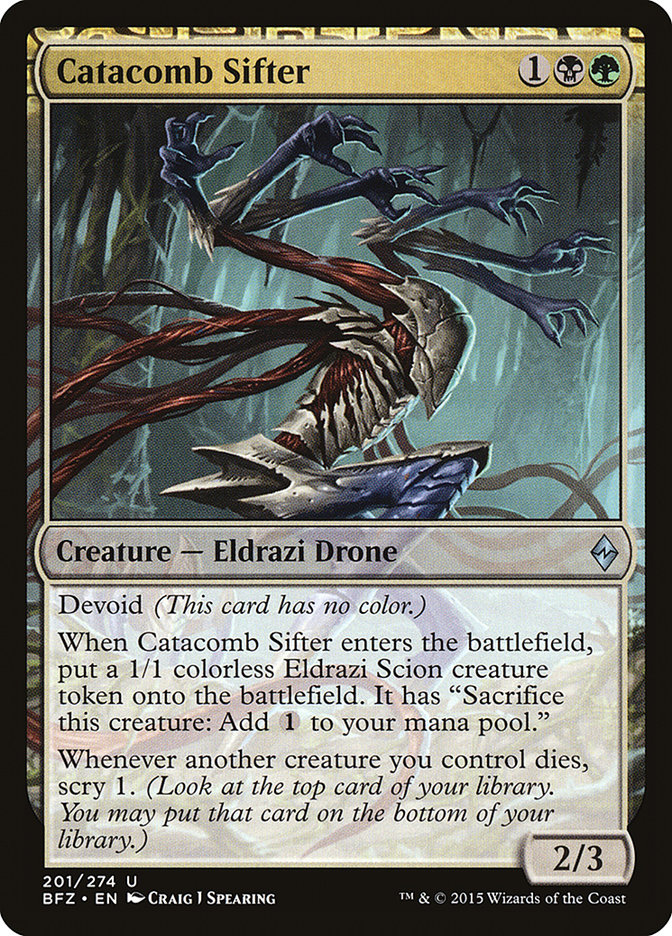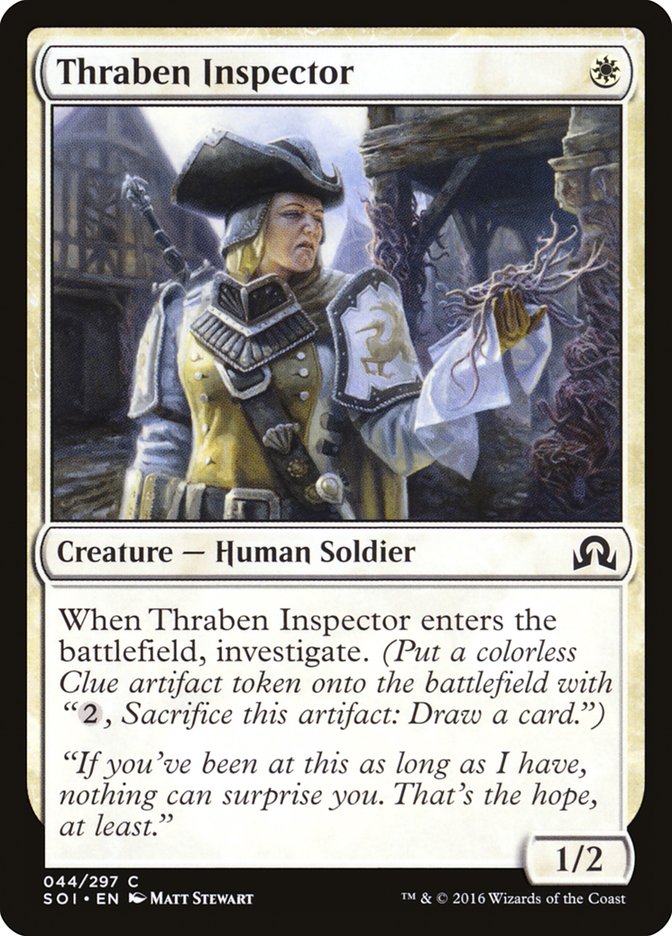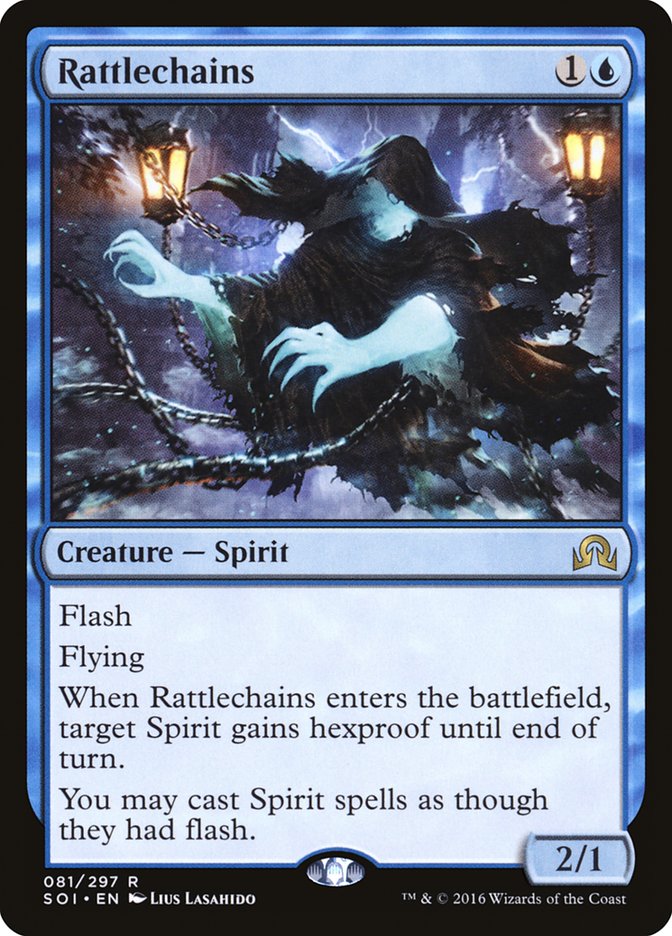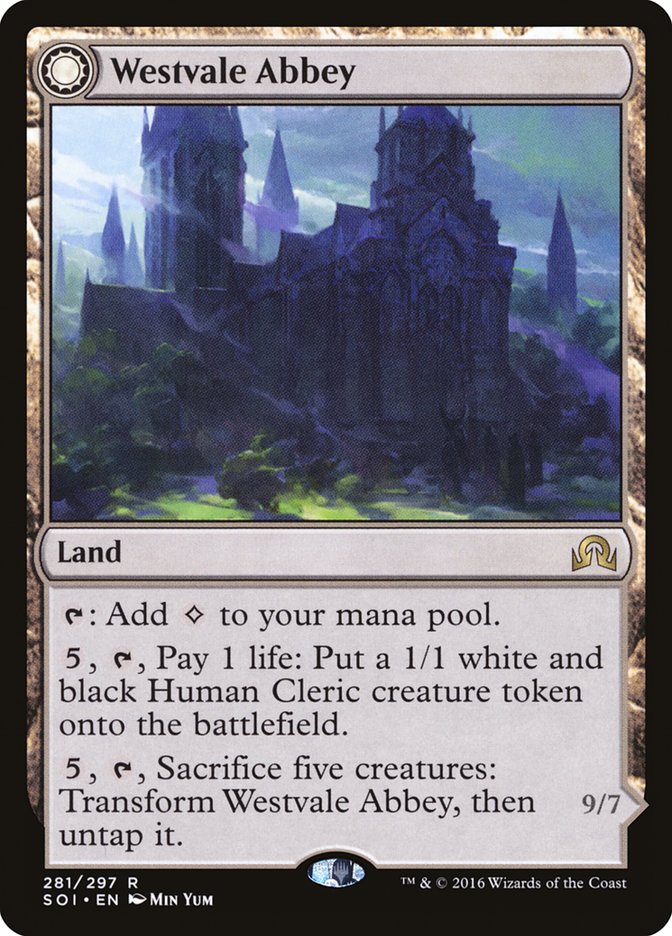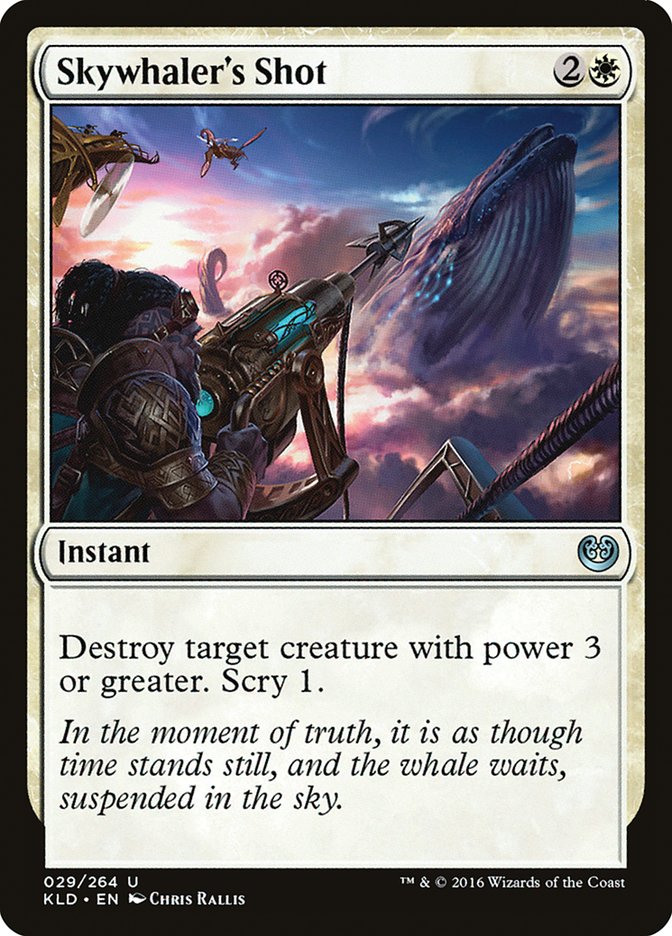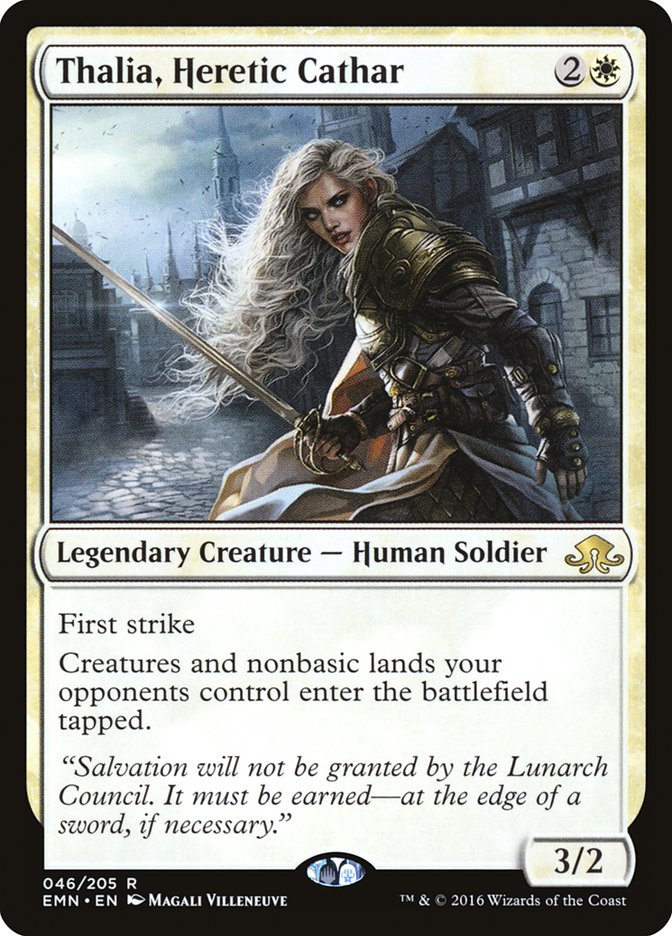To say this is a new format would be a monumental understatement. Kaladesh has so many powerful cards, it’s kind of a weird power creep we haven’t seen in a while. Smuggler’s Copter, Aetherworks Marvel, Verdurous Gearhulk, Metalwork Colossus, Scrapheap Scrounger, Torrential Gearhulk… they certainly wasted no time pushing artifacts all the way up.
The Day 1 metagame of Pro Tour Kaladesh and the Day 2 metagame didn’t look particularly different, which contributed to a narrative of the format being relatively balanced. Maybe it is, maybe it isn’t; however, I think that’s the wrong lens to look at this event through. This was not a format where all decks of the same archetype were created equal. There was just so much variation between Vehicle decks, between Delirium decks, between Aetherworks decks, and between control decks. We can start with the overall metagame for context, but there is a different lens I think will prove more revealing.
|
Archetype |
Day 2 Metagame |
|
Aetherworks |
21.5% |
|
R/B Aggro |
13.7% |
|
Delirium |
13.0% |
|
W/R/x Aggro |
13.0% |
|
Control |
10.2% |
|
Midrange |
9.9% |
|
Energy Aggro |
7.9% |
|
Emerge |
6.5% |
|
3.4% |
Aetherworks was the talk of the room out the gate. It didn’t really surprise anyone that it was good and popular; however, I do think a lot of people were surprised that it was such a clear most popular deck.
R/B Aggro, W/R Aggro, and G/B Delirium were all roughly as popular and successful as expected. The two big MTGO breakout decks, R/G Energy and Metalwork Colossus, both showed up, though neither quite lived fully up to the hype.
This all seems very normal, very reasonable. Is the metagame just perfectly balanced?
No.
Not remotely.
When the most popular strategy activates its key card on turn 4, it can cast an Emrakul or Ulamog 60% of the time.
That’s a pretty clear warning sign.
Eric Froehlich and I had relatively limited time to prepare for this event, but our testing had us most interested in Aetherworks Marvel and Verdurous Gearhulk plus Blossoming Defense. I was extremely excited about playing Aetherworks Marvel two weeks before the event; however, the SCG Open in Indianapolis kind of let the cat out of the bag.
I was still generally interested, but it felt like we had a little bit more of an edge on the field with Verdurous Gearhulk and Blossoming Defense. While both cards have seen instant adoption, most players seemed to be playing two copies or so. We wanted four of each, and would have loved the fifth.
Control seemed like it could be good but would require a lot of preparation. Under the circumstances, I was content to zero in on Verdurous Gearhulk / Blossoming Defense decks with Efro, of which our two final candidates were G/W and G/B.
For as synergistic as this set seems to be, a fair number of the decks are basically two colors of “the good cards,” and ours were no exceptions. Both decks began with the following core:
● 4 Smuggler’s Copter
We were both close on the difference between G/W and G/B, with GB having a better red matchup and a better sideboard and G/W having a better matchup against midrange and Colossus decks. In the end, I went with G/W, while Eric went with G/B. I think he was right, and not just because he crushed it. The key was sideboarding, plus I didn’t play enough games against traditional delirium with G/W, as Eric’s list is actually quite a bit different (a risk he tried to warn me about).
Nevertheless, I found G/W to be reasonable, and in fact a similar list went 8-2. Here’s the list I played:
Creatures (20)
- 2 Archangel Avacyn
- 4 Thraben Inspector
- 2 Selfless Spirit
- 4 Verdurous Gearhulk
- 4 Fairgrounds Warden
- 4 Servant of the Conduit
Planeswalkers (4)
Lands (26)
Spells (10)

In the process of building and testing, it was amusing to arrive at a list so similar to a deck that Brad Nelson, Tom Ross, and BBD were talking about two weeks ago. Going back and rereading Brad’s article, it’s particularly fitting, his warning about how much he got smashed by G/B Delirium. In the tournament itself, it was G/B Delirium that ended up costing me, with countless Ishkanah, Grafwidows locking up the battlefield just a little too often.
Brad is one of the best deckbuilders in the world, and an extensive breakdown of G/W can be found here. Instead, I’ll focus on the differences between our lists.
While Brad originally played four, he suggested cutting some, and Tom and BBD didn’t max out. I’m a big, big fan of the full four, full stop.
I’m a major fan of Archangel Avacyn right now. It was one of the best cards in the deck and I would have loved to play more, but Verdurous Gearhulk is just lunacy. That said, I’m not convinced you can’t play even more. I wanted to sideboard Archangel Avacyn in against everyone. I wonder if it might actually be reasonable to play eight five-drops and just play more mana and not come out of the gate as fast, sometimes. Hrmm.
I didn’t love Selfless Spirit, but it is decent, definitely better than Sylvan Advocate or Tireless Tracker. It’s annoying how frequently it gets outclassed. It’s also a little annoying to have to use a Selfless Spirit before they choose whether or not to Kozilek’s Return out of the graveyard. Nevertheless, the evasion is nice, and it’s a great way to ensure your Verdurous Gearhulk investment pays off. It’s also nice to be able to trigger Avacyn or protect a Copter you’re counting on.
For a while, I had two copies and then one of Gisela, the Broken Blade as she is actually pretty amazing against a lot of the aggro decks, even though they have some removal. At the time, I had four Selfless Spirit and four Blossoming Defense, which is quite the protection package. However, you do need a critical mass of creatures that cost three or less, so the other slots are at a premium. Eventually, I decided two Declaration in Stone were probably a safer call, helping against tokens, Scrapheap Scrounger, Metalwork Colossus, and Ishkanah spiders. In retrospect, however, the Declarations weren’t great. Stasis Snare probably would have been better, or perhaps one Stasis Snare and the third Archangel.
I love the card; don’t get me wrong. I just did not like it in this kind of a deck for several reasons:
● Fortified Village and Canopy Vista both require lots of basics. Aether Hub is effectively a tapped land every time it makes one of your two-color lands enter tapped that could have been untapped by a basic.
● The deck is just two colors. How much are we even “fixing” our mana to have a one-shot two-color land that then no longer helps with Gideon or Verdurous Gearhulk?
I don’t think it’s the biggest deal, and I don’t think my manabase is great, but I’m not even a little tempted by Aether Hub here. Likewise, we tried Aether Hub in G/B, but found it similarly lacking. I should note, however, that the G/B deck’s mana is definitely better than the G/W deck’s. Two Westvale Abbeys are fine, but the G/B deck’s four Hissing Quagmires bring a lot more power to the table.
Efro’s list was smart and features several new pieces of technology. It’s hardly actually even a delirium deck.
Creatures (22)
- 4 Catacomb Sifter
- 4 Kalitas, Traitor of Ghet
- 2 Gnarlwood Dryad
- 4 Grim Flayer
- 4 Verdurous Gearhulk
- 4 Servant of the Conduit
Planeswalkers (1)
Lands (23)
Spells (14)

Efro was liking Servant of the Conduit to play turn 4 Verdurous Gearhulks but wanted the turn 4 Gearhulk even more often. To this end, he brought back Catacomb Sifter, which does basically everything you could ever want.
Catacomb Sifter is the perfect follow-up to a turn 2 Smuggler’s Copter. You can even Crew with the Scion while keeping the Sifter available to block with. Even if they kill your Copter to stop your loot, you get to scry 1, ensuring you can dig to that much-needed fifth mana or a Gearhulk. Then, when you untap, you can tap the Scion to Crew the Copter (if that’s still around), sacrifice it, and cast Verdurous Gearhulk. Now, not only do you get a turn 4 Gearhulk, you get to split the counters between two attackers. It’s turn 4, and already they are low enough that any two of your three attackers will be lethal.
Catacomb Sifter also works great for playing a midrange sort of game, helping make up for the lack of planeswalkers or Ishkanahs in Eric’s deck. They were so impressive in testing, we actually tried Scion Summoner in G/W, but it just didn’t quite have enough power to pull its weight.
It’s not just Lilianas and Ishkanahs Efro has relegated to the sideboard, however. Notice the shortage of removal spells. He’s got three Grasp of Darkness, but that’s it. No Murder, no Dead Weight, no Ruinous Path. The field has such a diverse mix of threats, he preferred to just sidestep trying to interact directly, at least Game 1. Instead, he’s just trying to present a powerful and robust proactive game plan. This isn’t to say he can’t interact, however. For instance:
One of the other big advancements to Eric’s list was the maximizing of Kalitas, Traitor of Ghet. In a format full of Harnessed Lightning and Galvanic Bombardment, Kalitas has some quality stats. The disruption against Scrapheap Scrounger and Haunted Dead is great, not to mention exiling a Metalwork Colossus that gets bested by Grasp of Darkness plus Verdurous Gearhulk.
Speaking of Verdurous Gearhulk, let me just tell you, you haven’t lived until you’ve cast a turn 2 Servant of the Conduit, turn 3 Kalitas, turn 4 Verdurous Gearhulk…
Efro ended up finishing 8-2, one of 24 players to do so well in Standard. Once we take a closer look at the 8-2 or better metagame, a pretty powerful picture starts to come into focus.
|
Archetypes |
8-2 or Better Metagame |
|
Blue Control |
29.1% |
|
W/U Flash |
20.8% |
|
W/R/x Aggro |
16.6% |
|
G/B Delirium |
12.5% |
|
R/B Aggro |
8.3% |
|
W/G Aggro |
4.2% |
|
R/G Energy Aggro |
4.2% |
|
4.2% |
Whoa! I mean, yeah, Shota Yasooka with Grixis defeated Carlos Romao with Jeskai in the finals, but blue actually dominated the top tables. Blue Control went from 10% of the field to 29% of the top decks! While W/U Midrange only put five in the top 24 (as opposed to Blue Control putting up seven), W/U Midrange were all basically the same deck, while Blue Control is actually merging Grixis and Jeskai. Perhaps even more importantly, all four players that went 9-1 were piloting W/U Midrange!
While most people are focused on Shota’s and Romao’s super-sweet control decks from the finals, the list of the highest-finishing W/U Flash player, Joey Manner, may prove more important long-term.
Creatures (23)
Planeswalkers (4)
Lands (25)
Spells (8)

Joey’s list doesn’t look particularly flashy… well, okay, it does look flashy, but it’s not particularly fancy. Whenever a deck this straightforward and consistent does this well across several pilots, we’d do well to sit up and take notice. Let’s take a look at his card choices:
An amazing card, Thraben Inspector is quietly one of the most important parts of Joey’s list. In past weeks, most people have relied on tapped lands or Mausoleum Wanderer. Instead, Joey has reimagined the Spirits deck as a white midrange aggro deck that happens to splash Reflector Mage, Rattlechains, and Spell Queller with counterspells in the sideboard. The white cards Joey is playing are very similar to the ones I played, and for good reason. He’s choosing card power and a good curve, rather than what “goes in the strategy.”
Smuggler’s Copter isn’t the most natural fit for a Spirits deck, but Thraben Inspector and Reflector Mage give us enough ways to turn it on to make the difference.
You know, this is an impressive number of just straight-up good, powerful Magic cards. Spell Queller, in particular, is extremely well-positioned. It’s just the most devastating card against Aetherworks Marvel, and it doesn’t really have a bad matchup.
Reflector Mage and Stasis Snare combine for an interesting package. That’s seven cards maindeck that can deal with an Emrakul that can only hit opponents. Even if your opponent casts a turn 4 Emrakul, you’re 78% to have an answer to it that they can’t mess up! They are even giving you an extra card, upping the odds to 83%!
This is the final piece. Gideon, Ally of Zendikar instead of Essence Flux or any sort of a counterspell cements the transformation from a Faeries-style aggro-control deck into a white aggro deck with a light blue splash for a couple of overpowered tempo cards.
Love it.
Joey’s manabase is identical in form to the G/W list from above, but with one less basic for the splash color. With just four five-drops instead of six, and without the need for double in both colors, it’s no problem. More important, however, is his discipline in refraining from Aether Hub, Evolving Wilds, or Meandering River.
Steve Hatto finished 9-1 with a nearly identical list, with just a couple of minor twists:
Spells (11)

Steve’s list features two Negates and two Skywhaler’s Shots instead of the Rattlechains or Declaration in Stone.
This is mostly just a little bit of a pre-sideboard, freeing up space for a minor transformational plan involving two Gisela, the Broken Blade; a Bruna, the Fading Light; and a Thalia’s Lancers to help pull it together.
Luis Salvatto’s build, however, actually just straight-up embraced Gisela maindeck!
Creatures (24)
- 4 Reflector Mage
- 3 Archangel Avacyn
- 4 Thraben Inspector
- 3 Gisela, the Broken Blade
- 2 Thalia, Heretic Cathar
- 4 Spell Queller
- 4 Selfless Spirit
Planeswalkers (1)
Lands (24)
- 10 Plains
- 6 Island
- 4 Prairie Stream
- 4 Port Town
Spells (11)

I’m not sure I can get onboard with replacing Gideons with Giselas, but I love the ambition! At least he’s got the rest of the Gideons in the sideboard. I also suspect 25 land is more likely to be right than 24.
Perhaps even more surprising is the use of two Thalia, Heretic Cathar instead of Rattlechains or Skywhaler’s Shot. It’s a fine card and all, but I guess I don’t love how it matches up against a format of Galvanic Bombardments, Kozilek’s Returns, and so on.
I’m super-excited to dive back into this format! While control and W/U Flash were the best performers of the weekend, I’ve got a feeling we’re only just scratching the surface of the format. Most people didn’t expect control to do this well, and there are going to be some serious adjustments made. I’m going to be looking in some very different directions when I get back from Hawaii. However, if I were playing in an event tomorrow, I think I’d register the following:
One last note I wanted to make before signing out is just a moment of recognition for Shota Yasooka. He’s not going to be short on praise right now, but it can be easy to miss just how impressive of a career he’s had when one focuses on the Top 8 count. When he was voted into the Hall of Fame, he had just two, but with a resume that was just so far above and beyond in every other area. Now, just one year deep into him being a Hall of Famer, he has added two more Top 8s, including an individual win.
Shota Facts:
● Two-Time Pro Tour Champion (one individual, one team)
● Four Pro Tour Top 8s (including two in the year after getting inducted into the Hall of Fame)
● Player of the Year 2006
● Has a Hall of Fame-worthy career even if you only count his U/B/x control decks. You know… Since that’s…
● Magic Online Player of the Year 2009
● Can win a fight against a bear with the strength of two bears
● Twenty Grand Prix Top 8s
● 513 Pro Points (top 10 all-time)
Congratulations, Shota.

Photo Credit: Craig Gibson, Wizards of the Coast



